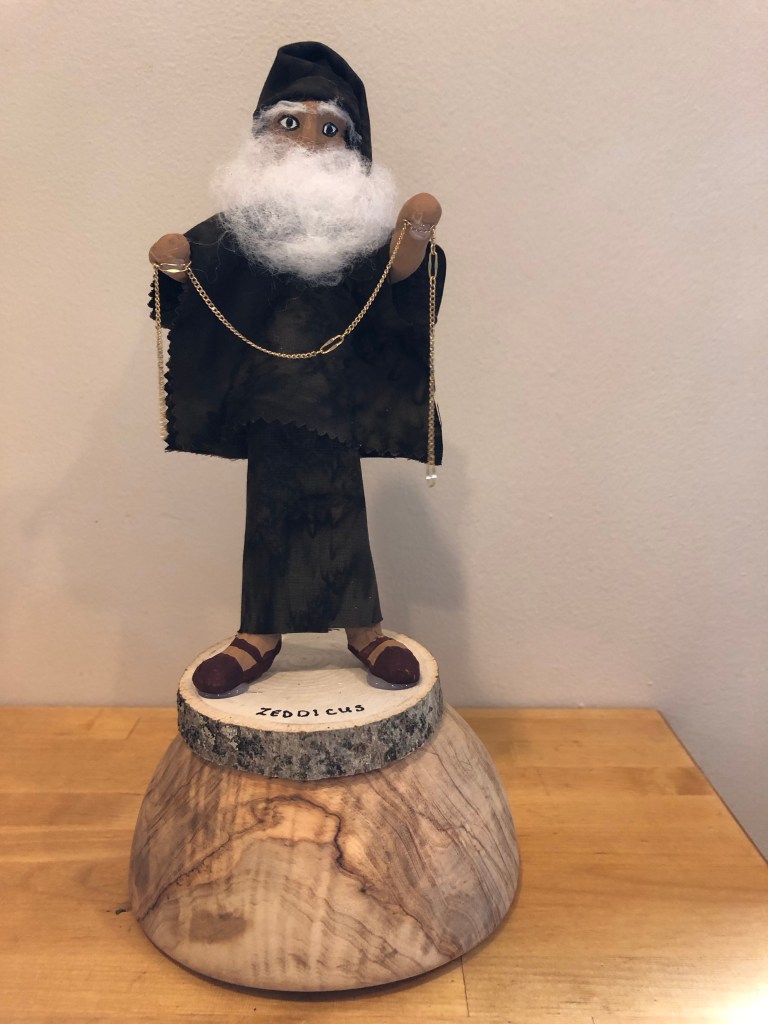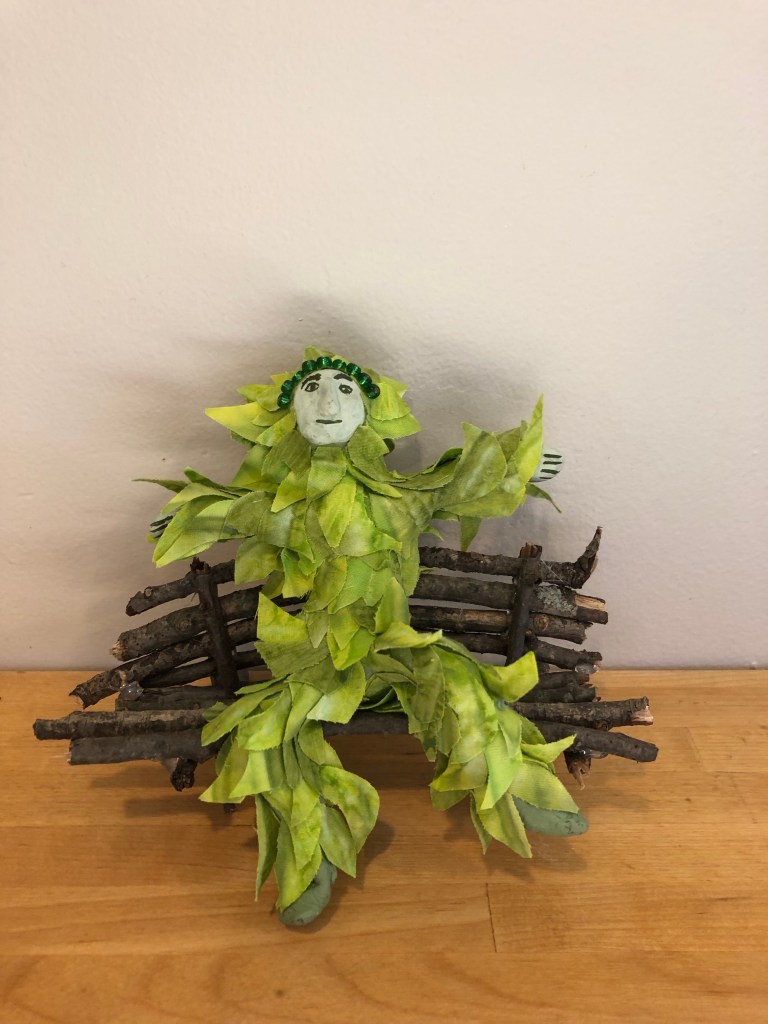*

*
Not long ago, I was listening to a podcast when this phrase, ambiguous loss, came up. I’d heard it before but had forgotten that such a predicament had been identified and given a name. Now here I am, six years into caring for my husband with vascular dementia, still struggling with the same ambiguity and loss.
For those unfamiliar with the term, “ambiguous loss” first appeared in the work of psychologist Dr. Pauline Boss. “Ambiguous loss can freeze the grief process.” says Dr. Boss, “People can’t get over it, they can’t move forward, they’re frozen in place.” ( https://www.wellandgood.com/how-to-deal-with-ambiguous-loss/)
Boss first studied families whose members were pilots missing in action during the 1970s Vietnam War. Ambiguous grief could occur when a family member was physically absent but psychologically present, in cases of military MIAs, divorce, desertion, or miscarriage.
The same ambiguous loss may occur when the member is physically present, but psychologically absent, as with chronic mental illness, dementia, traumatic brain injury, or addiction.
These days, my husband is unrecognizable as the man I met eighteen years ago. I try to recall his personality, his presence, and way of being in the world from that time, and I can’t form a clear picture. He is present in body, slower but still healthy for his seventy-four years. Except he needs so much guidance, so much supervision, so much of my mental energy.
I have passed through many emotions in six years. For a long time, I was enraged. My imagined future, the travels, the freedom of movement, the solitude so necessary for an introvert like myself, evaporated like a puddle after rain. I grieved for those losses, too, and the companion I no longer had.
Only recently, I realized that there were some bright sparks in this life his illness has imposed on me. I can work on my creative projects with little interference. I’ve established a daily routine that works for me, making only two meals for us each day. We have our regular activities with friends. Despite the burdens, these adaptations lighten my load.
Boss recommends ways to cope with ambiguous loss. I’ve done all of them.
Here they are:
Five tips for coping with ambiguous loss:
- Give a name to what you’re experiencing
- Find a therapist
- Join a support group
- Celebrate what remains
- Discover new hope for the future
Are you a caregiver? Have you any additional tips for those of us dealing with ambiguous loss? Send me a comment.
*














